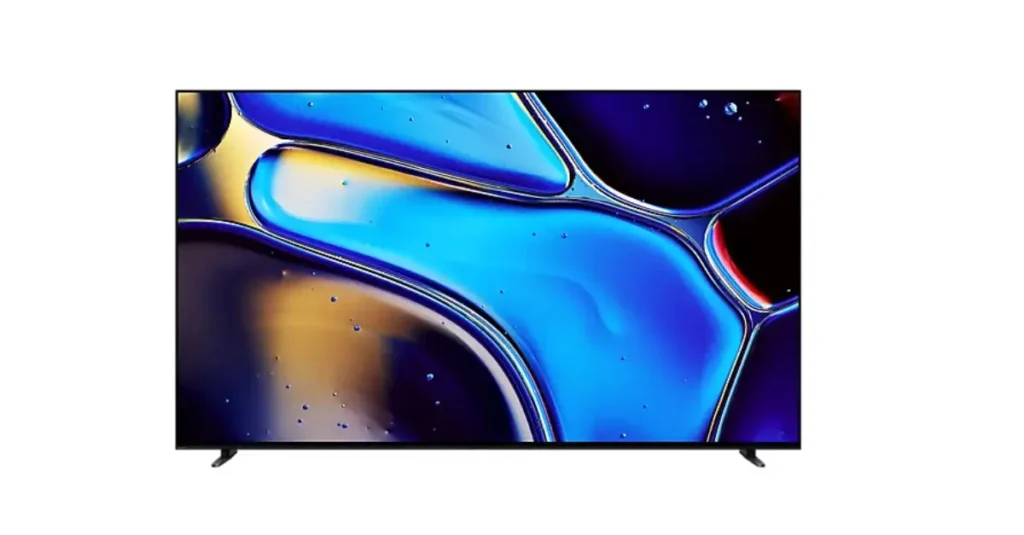Introduction
OLED vs LCD: What’s the Difference?
OLED (Organic Light-Emitting Diode) displays offer deeper blacks, better contrast, and more vibrant colors compared to LCD (Liquid Crystal Display) screens. Unlike LCDs, OLEDs don’t require a backlight—each pixel lights up independently, which means better power efficiency and thinner designs.
On the other hand, LCDs are often more affordable and perform well in bright environments. Choosing between OLED and LCD depends on your needs—OLED is ideal for rich visuals and contrast, while LCD is great for budget-friendly, everyday use.
Explore how OLED compares with other display technologies like MicroLED in our detailed LED vs OLED vs MicroLED comparison.
What Is OLED?
OLED stands for Organic Light-Emitting Diode. It’s a revolutionary display technology where each pixel emits its own light. This eliminates the need for a backlight, resulting in deeper blacks and better contrast.

How OLED Works:
- Each pixel in an OLED panel is self-illuminating.
- Pixels can turn off completely, offering an infinite contrast ratio.
- Displays are thinner and more flexible due to the lack of a backlight.
Understand the working principles, benefits, and applications of OLED technology in our OLED technology guide.
What Is LCD?
LCD stands for Liquid Crystal Display. It uses a backlight to illuminate pixels, which means the entire screen is lit at all times.

How LCD Works:
- A backlight shines through liquid crystals, which modulate the light to create images.
- While it’s more affordable, it struggles to achieve the deep blacks and vibrant colors of OLED.
Discover how LCD technology works and its applications in our comprehensive LCD technology guide.
7 Key Differences Between OLED and LCD
| Feature | OLED | LCD |
|---|---|---|
| Contrast Ratio | Infinite contrast, true blacks | Limited contrast, grayer blacks |
| Color Accuracy | Exceptional | Good, improving |
| Brightness Levels | Moderate | High |
| Viewing Angles | Wide and consistent | Narrow, prone to distortion |
| Power Consumption | Varies by content | Consistent |
| Durability | Susceptible to burn-in | Better for static content |
| Price | High | Affordable |
Pros and Cons of OLED and LCD
| Technology | Pros | Cons |
| OLED | – Infinite contrast and true blacks | – Susceptible to burn-in |
| – Exceptional color accuracy | – Expensive | |
| – Wide viewing angles | – Limited brightness in direct sunlight | |
| LCD | – Affordable | – Limited contrast and grayer blacks |
| – High brightness levels | – Color and brightness shifts at angles | |
| – Durable for static content | – Narrower color gamut |
Which One Should You Choose?
- Gaming: OLED wins with better response times and deeper blacks. However, beware of burn-in if displaying static HUDs for long hours.
- Movies and Streaming: OLED provides unmatched picture quality, perfect for movie lovers.
- Professional Use: Designers and photographers benefit from OLED’s color accuracy, while LCD is sufficient for general office tasks.
- General Use: LCD’s affordability makes it an excellent choice for everyday use.
Future of Display Technology
Emerging technologies like MicroLED aim to combine OLED’s superior quality with LCD’s durability. These advancements could reshape the OLED vs. LCD debate in the coming years.
Conclusion
OLED and LCD each have unique strengths and weaknesses. Your choice should depend on your budget, use case, and visual preferences. Evaluate your needs carefully before making a purchase.
Now that you’re armed with knowledge, which display technology will you choose? Share your thoughts below!
Compare different LCD panel types in our detailed IPS vs TN vs VA LCD panel comparison.